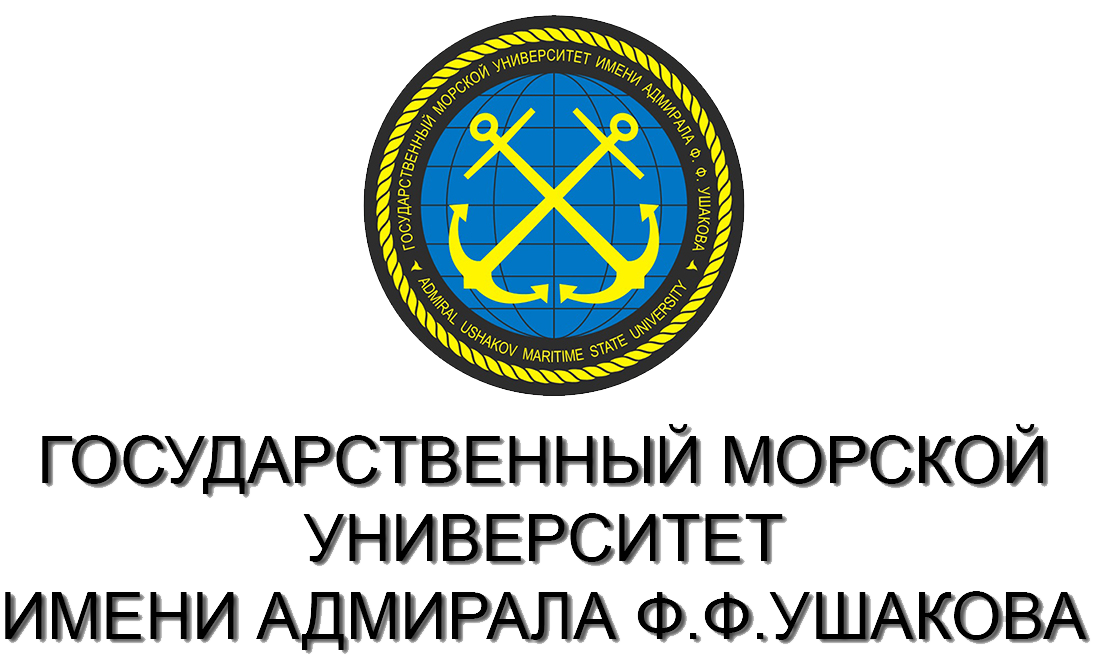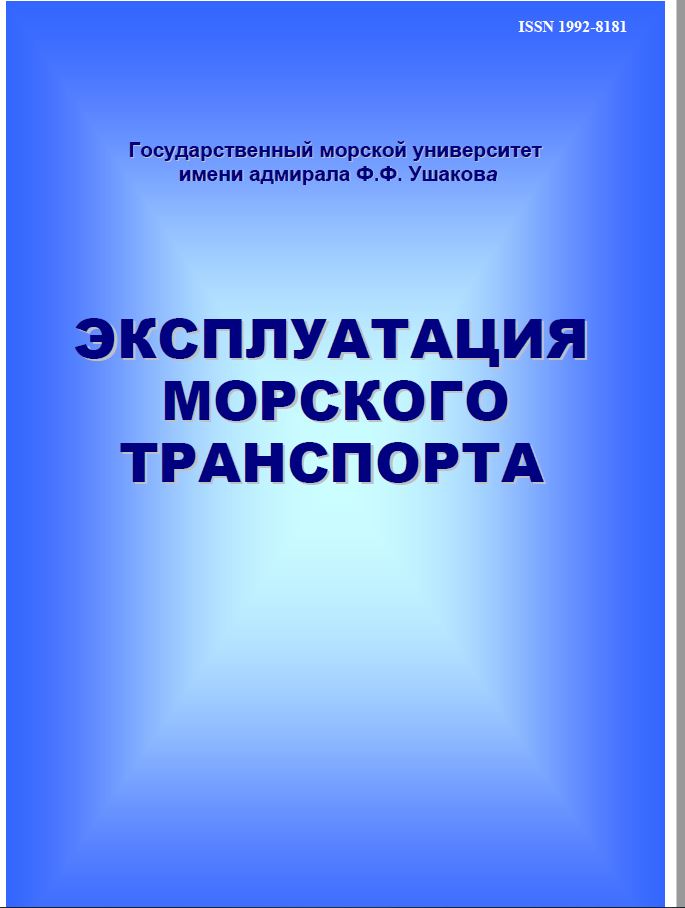In modem shipping, about 20% of accidents occur due to ship collisions. This indicator persists for a long time with a weak tendency to decrease. To solve the problem of accidents, various proposals have been put forward, including the proposal for the New COLREGs. However, the philosophy and concept of the proposed new mles remain unchanged, so such a replacement is impractical and even harmful. A change in the COLREGs to the requirements of modem shipping may occur due to the introduction of new technologies and technical means: decision support systems and navigation automation. This will require significant revision of the IMO legislative instruments, including the COLREGs. This article discusses two approaches. The first approach (IMO) aims to maintain the COLREGs as the basis for collision avoidance. The second approach is based not on the Rules, but on an individualized assessment of the situation of the approach of ships. The first approach provides for the adjustment of COLREGs to each level of autonomous navigation, and the second is aimed at creating an automatic collision avoidance system, where knowledge and logic are presented as a program in a certain programming language. In the next decade, testing, approbation and selection of the best technologies for autonomous navigation will be carried out. The place of COLREGs in the realities of changing shipping will be finally indicated.
principles and philosophy of COLREG, New COLREGs, autonomous navigation, levels of ship automation, system of mles, individualized approach, testing and approbation of technologies for autonomous navigation
1. Japan-Marine Accident Risk and Safety Information System https://www.mlit.go.jp/jtsb/statis-tics_mar.html#pO1
2. Annual overview of marine casualties and incidents 2020. European Maritime Safety Agency, 2020. 147 p.
3. Baillod, F. Collisions - Why do they occur / Cap. Francois Baillod the initiator of the UK Marine Accident Reporting Scheme (MARS) // Gard News. Fondon.: The Nautical Institute (United Kingdom) - 2004. - № 173.-C 17-21.
4. Naydenov, E.B. Proekt Novyh MlfllCC / E.B. Naydenov //Morskie vesti Rossii,- 2020.-№14
5. Mohovic, D Deficiencies in deapshsch COEREGs and new teaching methodology for nautical engineering students and seafarers in lifelong learning programs / DjaniMohovic, Robert Mohovic, Mate Baric// The journal of navigation -2016, 69, P. 765-776
6. Yaskevich, A. P. Kommentarii k MPPSS-72 / A. P. Yaskevich, Yu. G. Zurabov. - M.: Transport, 1990.-479 s.
7. Yudovich, A. B. Predotvraschenie navigacionnyh avariy morskih sudov / A. B. Yudovich. - M.: Transport, 1988,- 224 s. ISBN 5-277-00172-7.
8. Keyhill, R. A. Stolknovenie sudov i ih prichiny / R.A. Keyhill; per. s angl. - M.: Transport, 1987. -240 s.
9. Kokkroft, A. N. Tolkovanie MPPSS-72 / A. N. Kokkroft, D. N. Lameyer./ per. s angl. - M.: Transport, 1981.-279 s.
10. Tam, Ch. K. Review of collision avoidance and path planning methods for ships in close range encounters / Ch. K. Tam, R. Bucknall, A. Greig // J. of Navigation. - 2009. - Vol. 62. - № 3. - P. 455-471.
11. Grinyak, V. M. Prognozirovanie opasnyh situaciy pri upravlenii dvizheniem na more / V. M. Grinyak, A. S. Devyatisil'nyy // Izv. RAN. Teoriya i sistemy upravleniya. - 2004. - № 3. - S. 127-136.
12. Grinyak, V. M. Nechetkoe soprovozhdenie traektorii dvizheniya sudna / V. M. Grinyak, M. V. Trofimov // Zhurnal universiteta vodnyh kommunikaciy. - 2012. -№ 1. -S. 119-124.
13. Konoplev, M. A. Primenenie apparata nechetkoy logiki dlya opredeleniya urovnya opasnosti stolknoveniya / M. A. Konoplev // Ekspluataciya morskogo transporta. - 2009. - № 2. - S. 34-39.
14. Takagi,T. Fuzzy identification of systems and its applications to modeling and control // IEEE Transactions on Systems, Man and Cybernetics. 1985. Vol. 15. P. 116-132.
15. Leonenkov, A.Yu. Nechetkoe modelirovanie v srede Matlab i fuzzy Tech / Leonenkov A.Yu. -SPb.: BHV, 2003 -720 s.
16. Shtovba, S.D. Proektirovanie nechetkih sistem sredstvamiMatLab/S.D. Shtovba-M.: Goryachaya liniya. -288 s.
17. Chen R, Huang Y, Moi.1, van Gelder RNALM Probabilistic risk analysis for ships collision: State-of-the-art. Safety Science 2019; 117:108-22. https://doi.org/10.1016/j.ssci.2019.04.014.
18. Tam C, Bucknall R, Greig A. Review of Collision Avoidance and Path Planning Methods for Ships in Close Range Encounters. Journal of Navigation 2009;62: 455-76. https://doi.org/10.1017/S0373463308005134.
19. MAXCMAS success suggests COLREGs remain relevant for autonomous ships Available online: https://rolls-royce.com/media/press-re-leases/2018/21-03-2018-maxcmas-success-sug-gests-colregs-remain-relevant-for-autonomous-ships.aspx
20. Simankov, B.C. Osnovnye metodologicheskie aspekty organizacii i funkcionirovaniya sistem podderzhki prinyatiya resheniy bezopasnosti sudovozhdeniya / V.S. Simankov, V. V. Ast-rein // Ekspluataciya morskogo transporta. -2016 - № 2(79) - S. 56-64.
21. Statheros T, Howells G, Maier K.M. Autonomous Ship Collision Avoidance Navigation Concepts, Technologies and Techniques. Journal of Navigation 2008; 61:12912. https://doi.org/10.1017/S037346330700447X.
22. MUNIN. Research in maritime autonomous systems project results and technology potentials. 2016.
23. Rolls-Royce. Autonomous ships. London: The next step; 2016.
24. Kongsberg. Autonomous ship project, key facts about YARA Birkeland 2017
25. Tvete, H.A. Hie ReVolt - a new inspirational ship concept 2015. https://www.dnvgl.com/teclmology-hmovation/revolt/index.html (accessed May 26, 2020).
26. DIMECC. D4V - design for value program report. Tampere, Finland: DIMECC Oy; 2018.
27. Jennie Sehee HamHie law of illegality and trusts: A new mess for the old one/ Legal research and development: Southampton student law review // 2019, Vol. 9, Issue 1,P. 34-40
28. Maritime Safety Committee (MSC), 100th session, 3-7 December 2018https://www.imo.org/en/Me-diaCentre/MeetingSummaries/Pages/MSC-100th-session.aspx
29. IMO. LEG 106/8/1 - Regulatory scoping exercise and gap analysis of conventions emanating from the legal committee with respect to Maritime Autonomous Surface Ships (MASS): Outcomes of MSC 99 and MSC 100 regarding MASS. 2019
30. IMO.MSC.l/Circ.1640 on Outcome of the Regulatory Scoping Exercise for the use of Maritime Autonomous Surface Ships (MASS)
31. IMO.MSC.l/Circ.1638 3 June 2021
32. First Test Area for Autonomous Ships Opened in Finland. Available online: https://worldmari-timenews. com/archives/227275/first-test-area-for-autonomous-ships-opened-in-fmland/(accessed on 11 July 2019).
33. First Unmanned Vessel Joins UK Ship Register. Available online: https://worldmaritimenews.com/archives/235207/lirst-unmanned-vessel-joins-uk-ship-register/(accessed on 2 December 2019).
34. Astrein V.V. Principy poiska luchshego resheniya v zadachah preduprezhdeniya stolknoveniya sudov / V.V.Astrein // V mire nauchnyh otkrytiy № 6(42), Krasnoyarsk: Izdatel'stvo «Nauchnoinnovacionnyy centr», 2013.
35. Lyu V. Metody planirovaniya puti v srede s prepyatstviyami (obzor). //Matematika i matematicheskoe modelirovanie- 2018- (1).- 15-58. https://doi.org/10.24108/matlmi.0118.0000098
36. Lazarowska, A. A Discrete Artificial Potential Field for Ship Trajectory Planning. Journal of Navigation 2019:1-19. https://doi.org/10.1017/S0373463319000468.
37. Lyu H, Yin Y. COLREGS-Constrained Real-time Path Planning for Autonomous Ships Using Modified Artificial Potential Fields. JoumalofNavigation 2019;72: 588-608. https://doi.org/10.1017/S0373463318000796.
38. Xie L, Xue S, Zhang J, Zhang M, Tian W, Haugen S. A path planning approach based on multi-direction A algorithm for ships navigating within wind farm waters. Ocean Engineering 2019;184:311-22. https://doi.Org/10.1016/j.oceaneng.2019.04.055.
39. Singh Y, Shanna S, Sutton R, Hatton D, Khan A. A constrained A* approach towards optimal path planning for an unmanned surface vehicle in a maritime environment containing dynamic obstacles and ocean currents. Ocean Engineering 2018; 169: 187-201. https://doi.Org/10.1016/i.oceaneng.2018.09.016.
40. Szlapczynski R, Szlapczynska J. On evolutionary computing in multi-ship trajectory planning. Applied Intelligence 2012;37:155-74. https://doi.org/10.1007/sl0489-011-0319-7.
41. Lazarowska A. A new deterministic approach in a decision support system for ship’s trajectory planning. Expert Systems with Applications 2017;71:469-78. https://doi.Org/10.1016/i.eswa.2016.11.005.
42. Wang H, Guo F, Yao H, He S, Xu X. Collision Avoidance Planning Method of USV Based on Improved Ant Colony Optimization Algorithm. IEEE Access 2019;7: 52964-75. https://doi.org/10.1109/ACCESS.2019.2907783.
43. Astrein, B.B. Procedura i shema soglasovaniya deystviy gruppy sudov dlya preduprezhdeniya stolknoveniy / V.V. Astrein // Ekspluataciya morskogo transporta - 2017 - № 1(83),
44. Astrein, V.V. Formalizaciya pravil golosovaniya dlya preduprezhdeniya stolknoveniy sudov /V.V. Astrein, L. B. Astreina //Ekspluataciya morskogo transporta. -2018-№3 - S.33-36.











